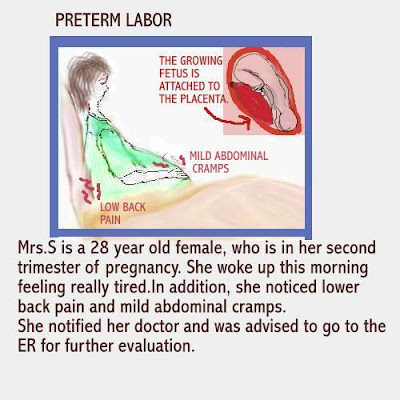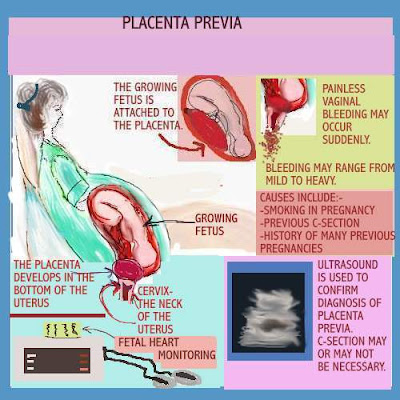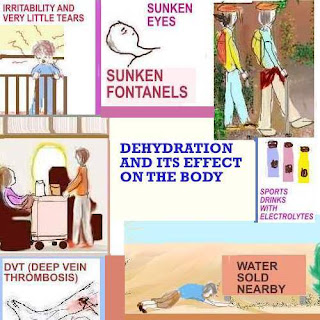PROLAPSED CORD AND HOMAN'S SIGN
 Prolapsed cord
Prolapsed cordcomplication of breech births.The fetus is in obvious danger
of suffocation from lack of oxygen.The mother should be placed
in, may be done by trained personnel. Emergency C-section may
become necessary.

foot is done by the examiner, the patient
will complain of calf pain, if there is a
blood clot.
maternal topics throughout this blog.
In addition, you may also click on the links:
















 The image above shows helpful tips to avoid dehydration.
The image above shows helpful tips to avoid dehydration.


